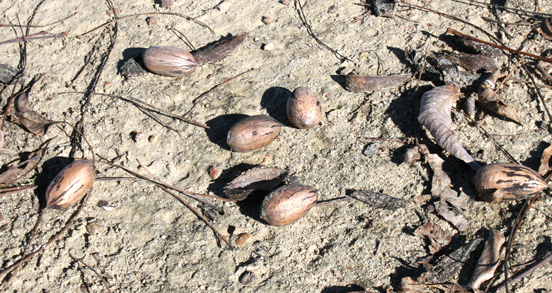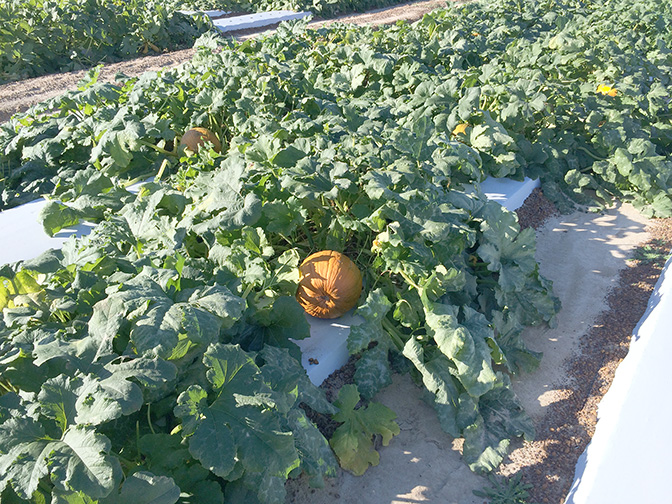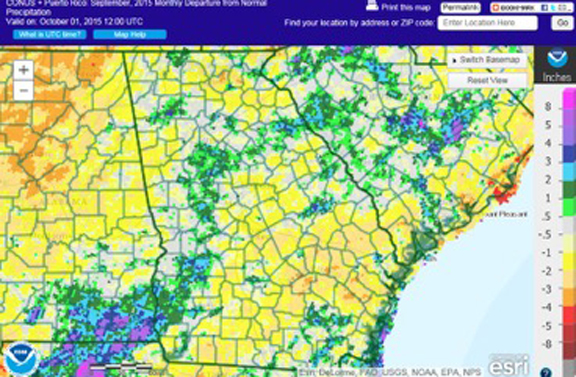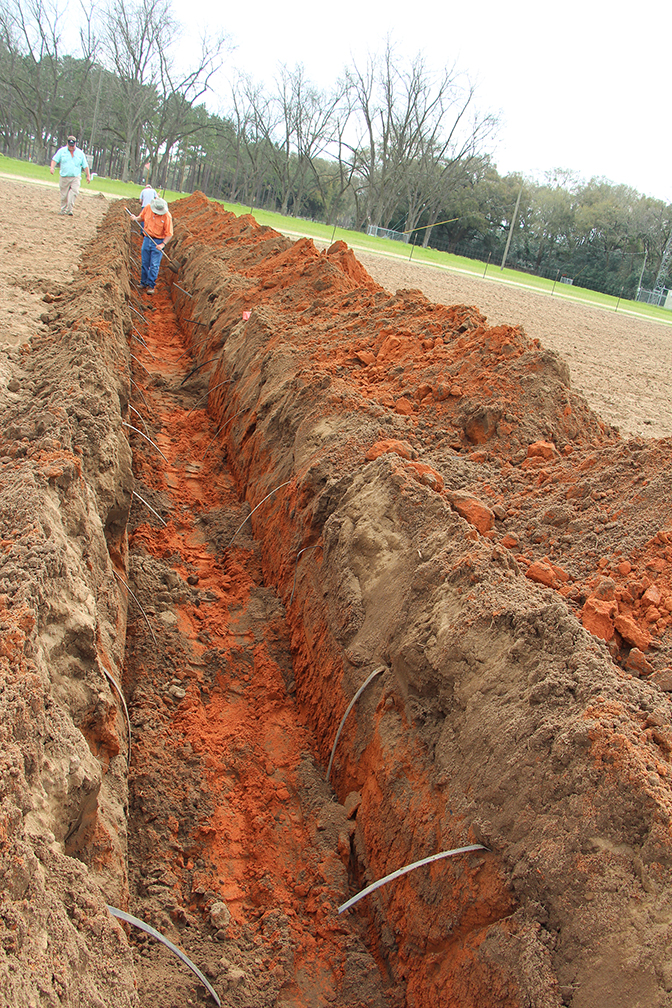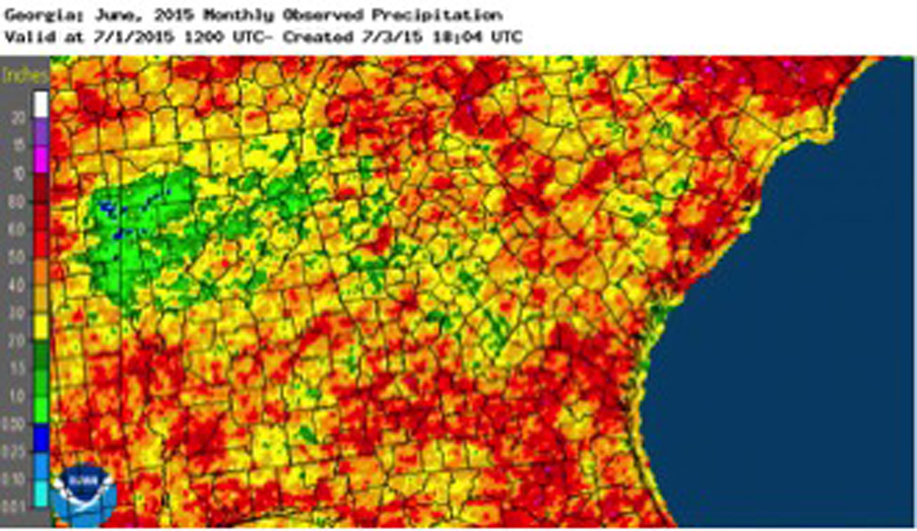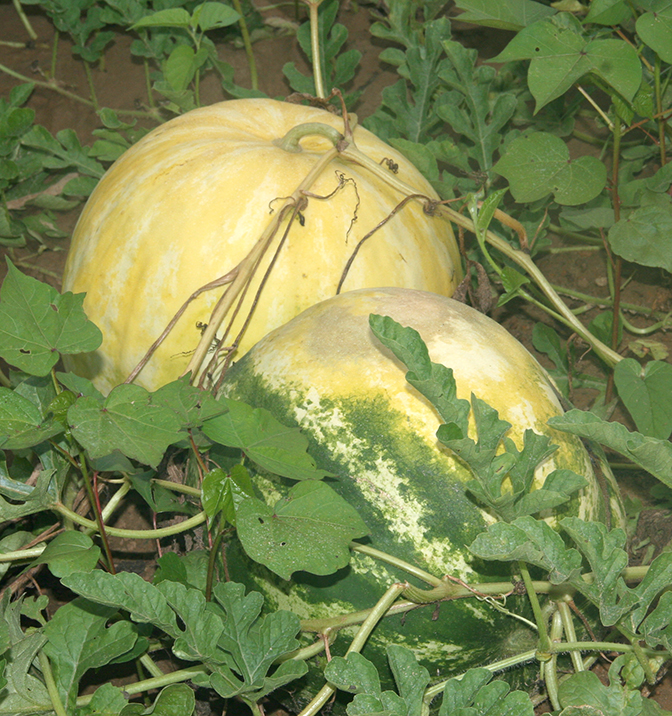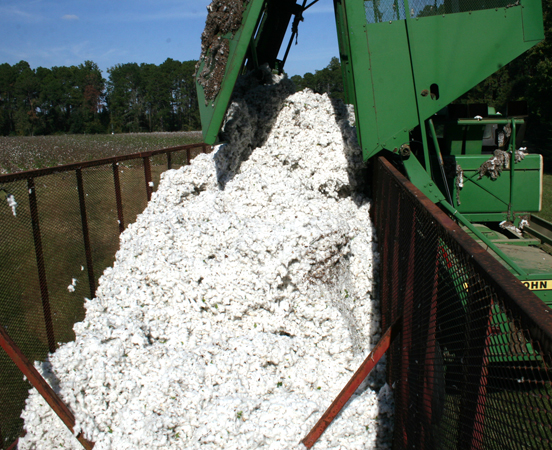 CAES News
CAES News
Cotton Update
End-of-year rainfall and poor harvest conditions have been tough on Georgia’s cotton crop and tested Georgia’s cotton farmers, says University of Georgia Cooperative Extension’s new cotton agronomist.


